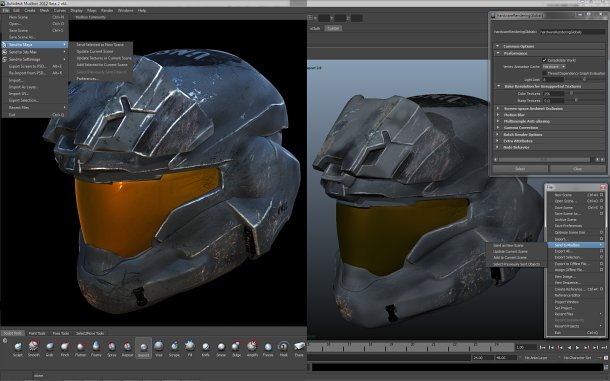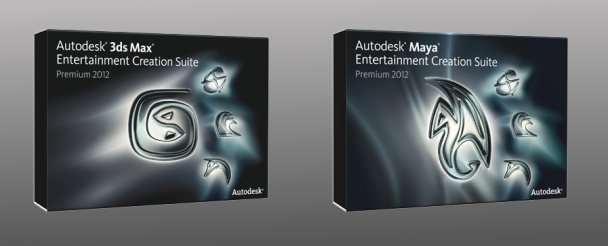Autodesk’s 2012 strategy: it’s all about the suites
Autodesk has discussed the thinking behind its 2012 product line-up, announced this week at GDC – and it’s all about the suite smell of success.
One of Autodesk’s key themes in the latest round of product updates is the unification of its DEC (Digital Entertainment Creation) products, which include Maya, 3ds Max, Softimage, MotionBuilder and Mudbox.
Instead of the old world of “monolithic products”, the developer was keen to present its 2012 products not merely as standalone tools, but as components of its Entertainment Creation product suites.
Co-operate or perish
Speaking at a private press briefing, Autodesk Senior VP Marc Petit discussed the role that economic conditions have played in the recent spate of closures of traditional mid-sized facilities: a roll call that includes Bizarre Creations, Propaganda Games, Realtime Worlds, C.O.R.E. Digital Pictures, Asylum Visual Effects and CafeFX.
In contrast, Petit pointed to the success of studios running ‘out of the box’ pipelines, such as France’s MacGuff, whose animated feature Despicable Me recently passed the $500 million mark at the box office. Although the studio has been operating for over 20 years, it had to ramp up to over 100 seats of Maya for the movie, with little time to develop proprietary code to sync with other applications.
“For us, DEC is all about the pipeline – and it’s all about building the pipeline out of the box,” commented Petit.
Petit also pointed to the success of Autodesk’s Education Suite, which comprises all five products in the DEC line-up, plus Sketchbook Pro – and which has sold over 100,000 copies in the past year.
“The young generation don’t live in the past,” he said. “They don’t think in the silos of traditional workflow. They are ‘suite students’. They use everything and expect everything to communicate.”

Autodesk's one-click workflow permits data transfer between apps in its product suites without an intermediary export step.
As the foundations of this new world of global communication, Autodesk has been working on what it terms ‘one click’ interoperability between its products. The new ‘Send to Maya’ option in the MotionBuilder 2012 file menu, for example, transfers character data between the two apps without an intermediate export step.
User interfaces have also been standardised between all of the applications, as have individual tools – most notably, the FCurve editor – in a process Senior Product Marketing Manager Rob Hoffman described as “spreading the best kibbles and bits” between the applications.
The unifying FBX file format has also been updated, as has the mental ray renderer: in the 2012 editions, Maya, 3ds Max, Softimage and the standalone edition of the software will all use the mental ray 3.9 core.
Pros and cons
So will users buy into Autodesk’s vision? Its key idea – of having the individual software packages within a pipeline integrate seamlessly, without the need to write proprietary code or go through a lengthy export/import process – is hardly likely to prove contentious.
“When people say, ‘We’re a Maya house’, what they’re really saying is that ‘We’re primarily a Maya house’,” commented Hoffman. “[But] an artist’s job is not to do technical troubleshooting. Their job is to create art.
But while unification benefits studios that run only Autodesk products, the advantages for those running mixed pipelines is less certain. It seems unlikely that one-click workflow would ever extend to ZBrush, modo or LightWave, for example. And the preferred data-transfer format that links the applications within the Entertainment Creation Suites remains the proprietary FBX, rather than the open standard Collada.
However, even for non-Autodesk diehards, the price is undoubtedly attractive: at $4,995, the standard Entertainment Creation Suite is less than one and a half times the price of a single licence of Max or Maya.
Only time will tell whether the 2012 product line-up will prove strong enough to tempt users of other packages to forgo tribal loyalties, and adopt the idea of a pipeline in a single – and attractively Autodesk-branded – box.
The new Autodesk Entertainment Creation Suites are scheduled for release in April. The Standard edition, which comprises Maya or 3ds Max, MotionBuilder and Mudbox, costs $4,995. The Premium addition, which adds in Softimage, costs $6,495.

